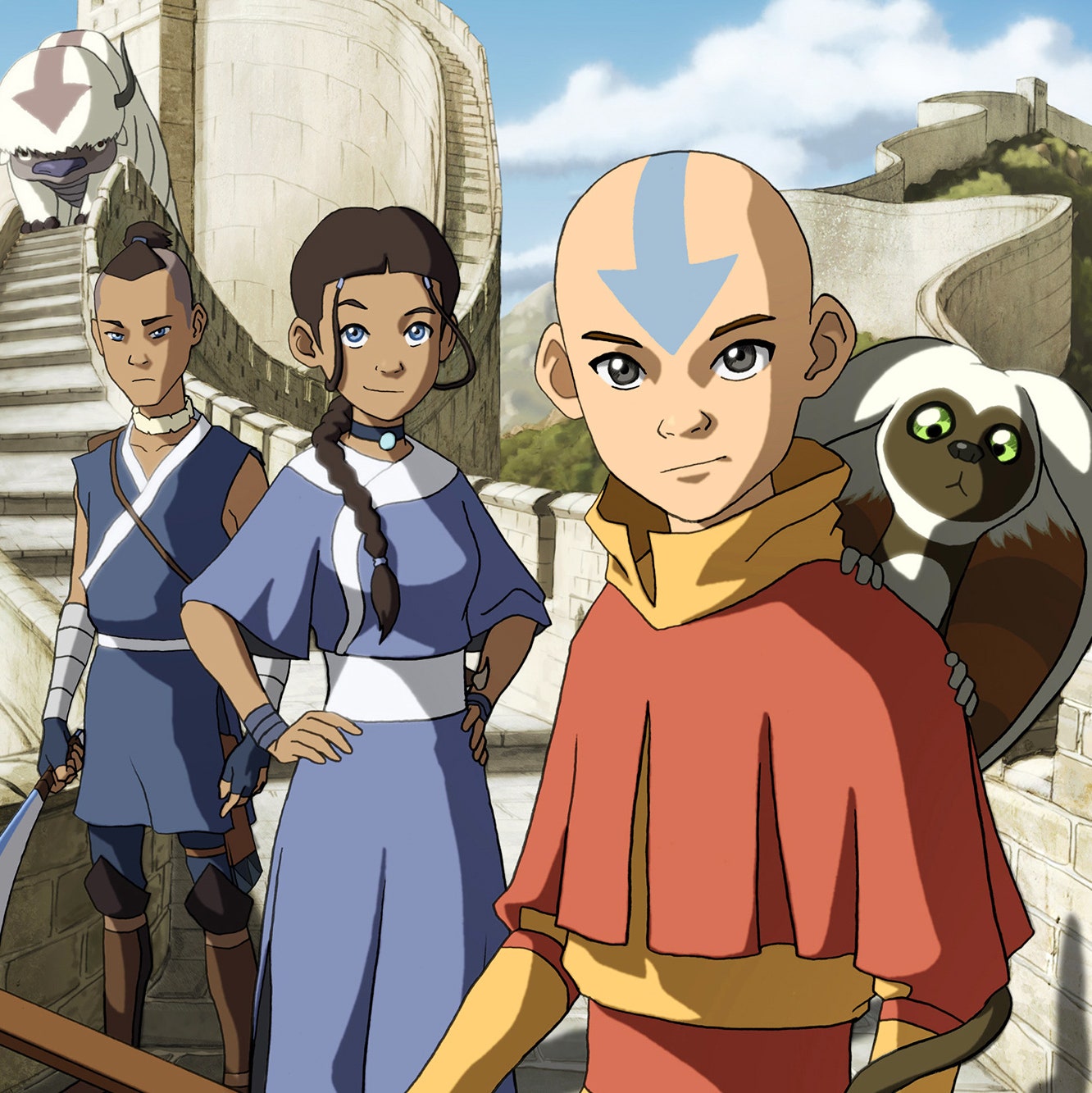Table of Contents Show
Avatar: The Last Airbender has once again rocketed in popularity and captured the hearts and minds of its viewers. The characters are relatable, and the plot keeps viewers engaged and satisfied. Additionally, Avatar: The Last Airbender (ATLA) has something else that makes it truly shine. The show features a vast and wondrous world for viewers to immerse themselves in. The setting of a story is often overlooked, but proper worldbuilding is crucial to creating a memorable and well-crafted narrative. A unique and well-incorporated setting adds stakes and emotional weight to the narrative. Why do we care if the hero saves the world? Well, we care because we’ve seen the world and have grown to care about it as the characters do. ATLA does this incredibly well. It is as much the story of the world as it is Aang and his friends’ story.
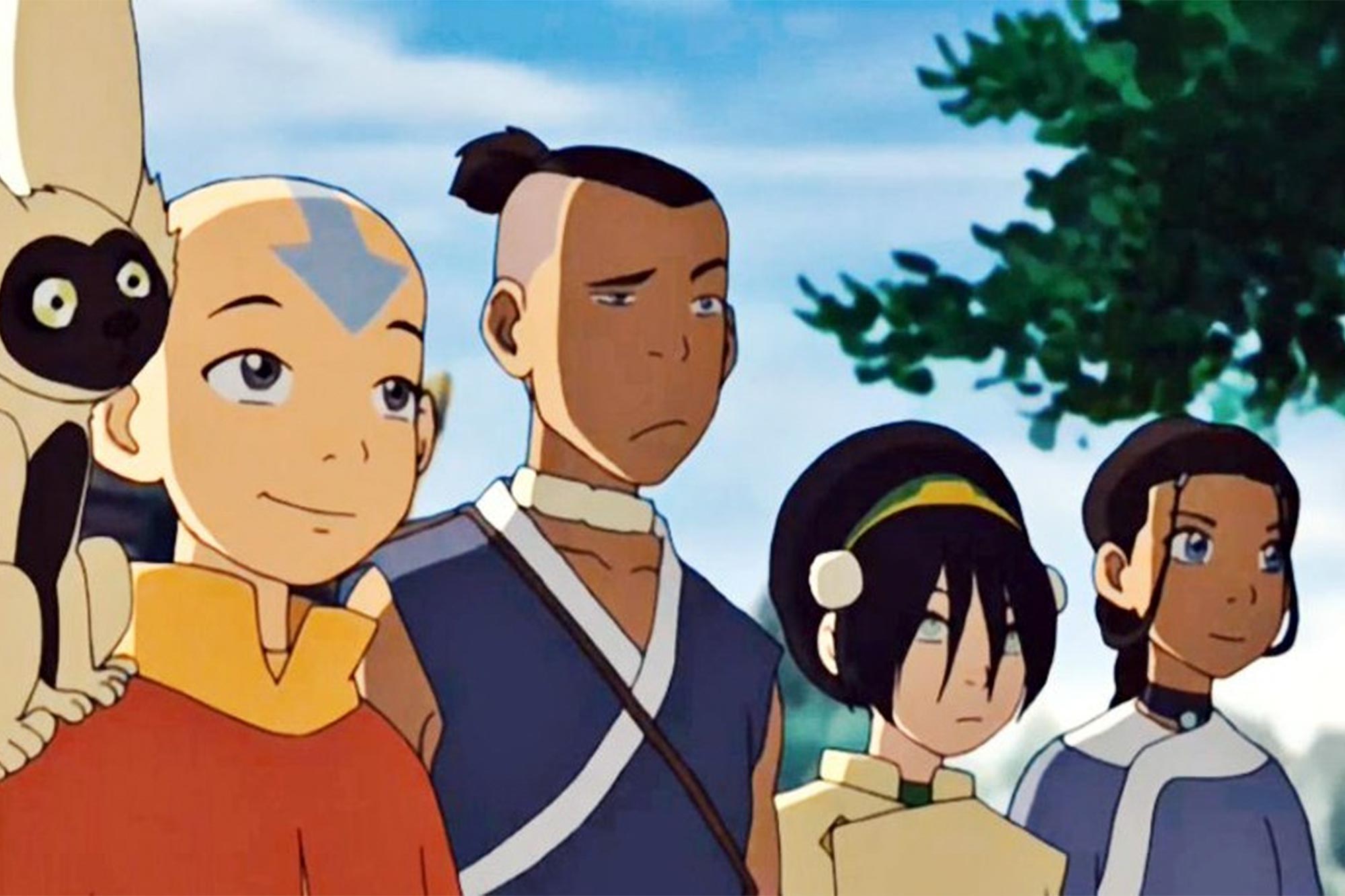
By examining the world of ATLA, we can explore the core aspects of worldbuilding and how to create and populate a fantasy world successfully. Avatar: The Last Airbender demonstrates the importance of worldbuilding by creating a world that is simultaneously foreign enough to get lost in and familiar enough to understand.
What Is Worldbuilding?
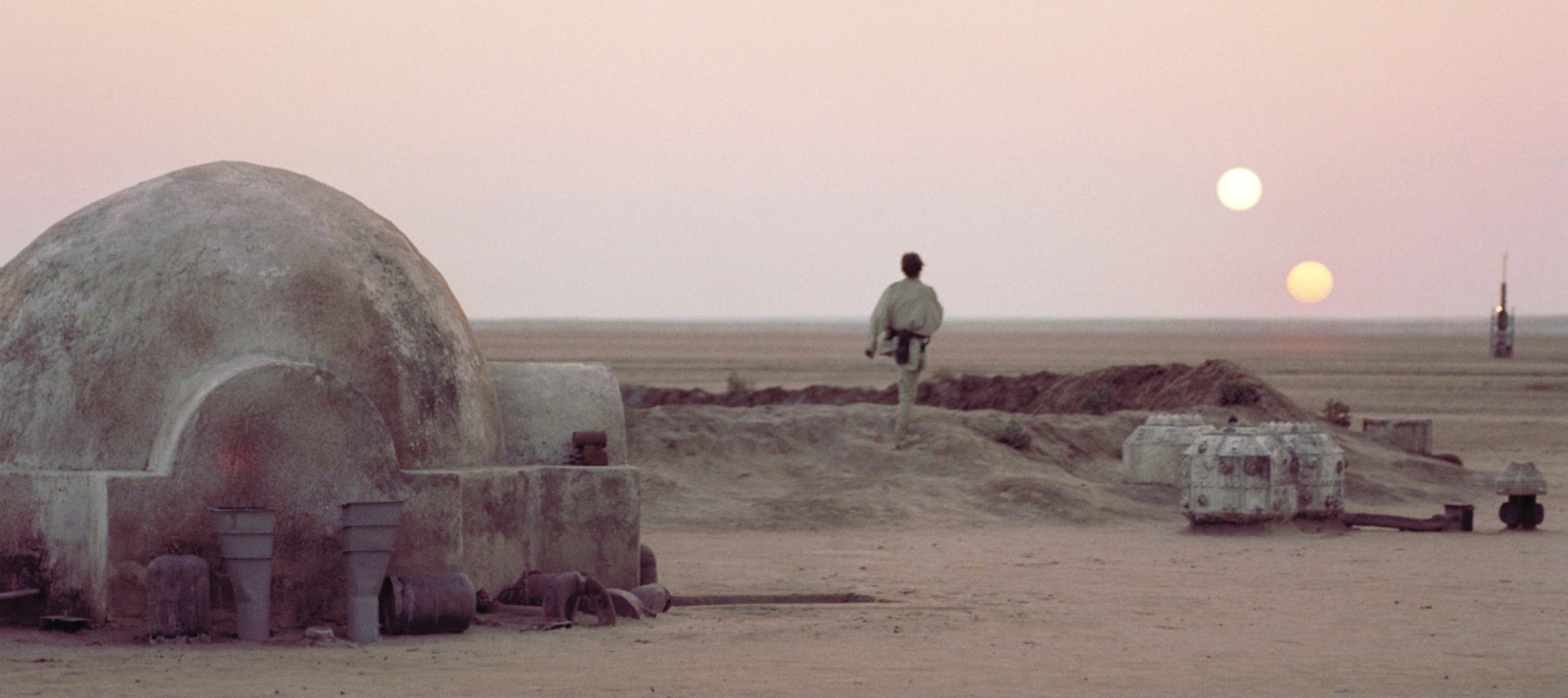
Worldbuilding has grown greatly in popularity in the last century. Rather than set a story in a world identical to our own, many writers and creators have started to make settings that differ dramatically from the one we experience in our everyday lives. For the sake of clarity, the world we live in will be referred to as the ‘primary world,’ and created worlds will be called ‘secondary worlds.’ Secondary worlds can, and often do, look vastly different from one another. For example, the secondary world seen in Star Wars is vastly different from that of Lord of the Rings or Moana. The complaints that come along with poorly made words are often made:
“when blatant contradictions or logic gaps break their sense of immersion in the narrative, or when the minute details of the world’s workings take precedence over characters and plot.”
(( Hergenrader, Trent. Collaborative Worldbuilding For Writers And Gamers. 17. Bloomsbury Academic, 2019. )).
Finding a balance between the world and the story is key. Aang’s journey couldn’t take place anywhere else; the world is intimately interwoven with the story being told. It is more than a simple set-piece but rarely contends with the characters for the spotlight. It provides immersion within the narrative, supporting it without overwhelming it.

A successful world has both a framework that creates boundaries for the world and a catalog of people, places and things that live within the world (( Hergenrader, Trent. Collaborative Worldbuilding For Writers And Gamers. 30. Bloomsbury Academic, 2019. )). This is the basic structure of a secondary world. Creating the balance within a world depends on the level of invention, completeness, and consistency within the catalog and framework. Avatar: The Last Airbender shows us how a strong framework and catalog can be balanced.
The Framework Of A World
The purpose of a world’s framework is to provide the supporting structure upon which to craft a secondary world. According to Hergenrader, there are five core sections related to the framework of a world; scope, sequence, perspective, a map, and a metanarrative lead (( Hergenrader, Trent. Collaborative Worldbuilding For Writers And Gamers. 10. Bloomsbury Academic, 2019. )). Scope, sequence, and the map are fairly self-explanatory. They explain the size, history/timeline, and geographical aspects of the secondary world being created. The perspective explains who will tell the story of your world.
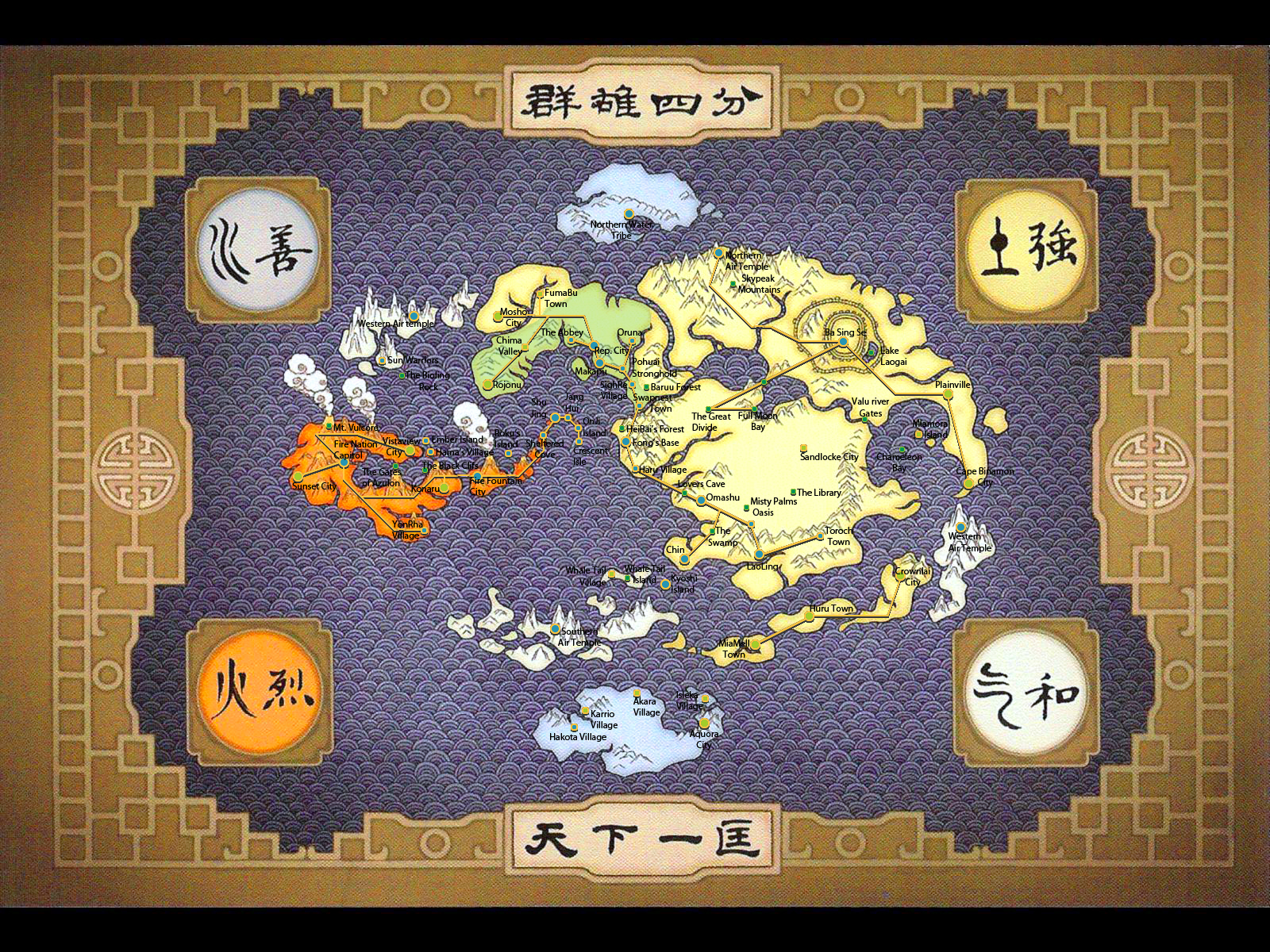
In the case of Avatar: The Last Airbender, the perspective is that of Aang and his friends. We see the world through their adventures and stories. Metanarrative is the process of creating a short narrative to introduce the world and summarize other aspects of the framework. All five of the core features making up the framework of a world are present in the ATLA intro alone. Cleverly, the intro serves as the world’s metanarrative: explaining the history, scope, map, and perspective. This introduces the audience to the entire world enough to prepare them for the narrative right away, yet avoids crowding the viewer with details.
Crafting The World’s Catalog
The catalog is explained as the people, places, and things that make up a secondary world. Most things that characters can interact with, as well as the characters themselves, are parts of a world’s catalog. For instance, Momo, the Fire Nation, and badgermoles are all parts of Avatar: The Last Airbender‘s catalog. A huge part of ATLA’s story is based around the main characters discovering different parts of the world’s catalog. They travel across the various nations and learn about the catalog with the viewer making the worldbuilding process natural and engaging without the need for an exposition dump.
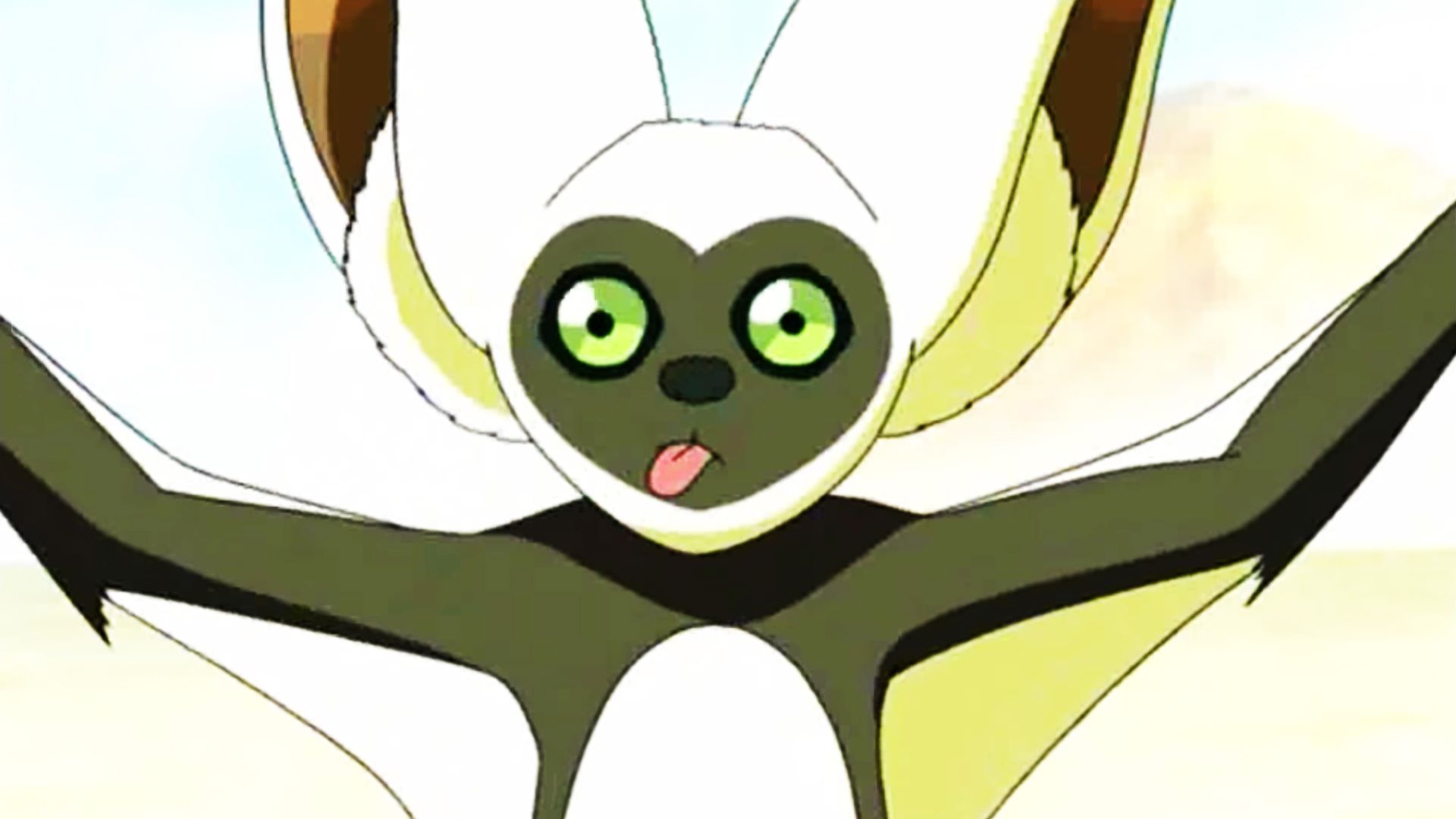
Additionally, because exploring and traveling the world is part of the team’s goal, worldbuilding is crucial to the story. The viewer becomes excited about seeing more of the catalog because they know whatever appears next could be a step forward in the character’s journey. The childish wonder that the team embodies when interacting with the world, at least early on in the series, also adds to the viewer’s engagement with the world.
Finding A Balance
Many secondary worlds have expansive catalogs and consistent frameworks, but that alone is not enough to create a lasting, immersive secondary world. The more difficult aspect of a well-made world is finding a balance between the concepts of invention, completeness, and consistency (( Wolf, Mark J. P.. Building Imaginary Worlds: The Theory and History of Subcreation, Taylor & Francis Group, 2012. ProQuest Ebook Central. )). If items within a catalog are not consistent with the genre or framework of the created secondary world, it doesn’t matter how complete the catalog is. Similarly, if your world’s framework is incredibly imaginative and unique, but every item within your catalog is lackluster, then your secondary world won’t be as immersive or impactful.
How ATLA Handles Invention in Worldbuilding
ATLA’s catalog is full of inventive creatures, locations, and cultures, but rarely is there ever something that is entirely unrecognizable to the viewer. The different nations all reflect their given element, integrating bending into their daily realm in wondrous ways. Still, the four nations are heavily based on various cultures present in the primary world. The Earth Kingdom is an excellent example of how Avatar: The Last Airbender blends imaginative worldbuilding and familiar concepts from the primary world. While you wouldn’t look at the Earth kingdom and think it is a copy-paced version of China, there are touchstones relating to China that evoke a familiarity within the viewer.
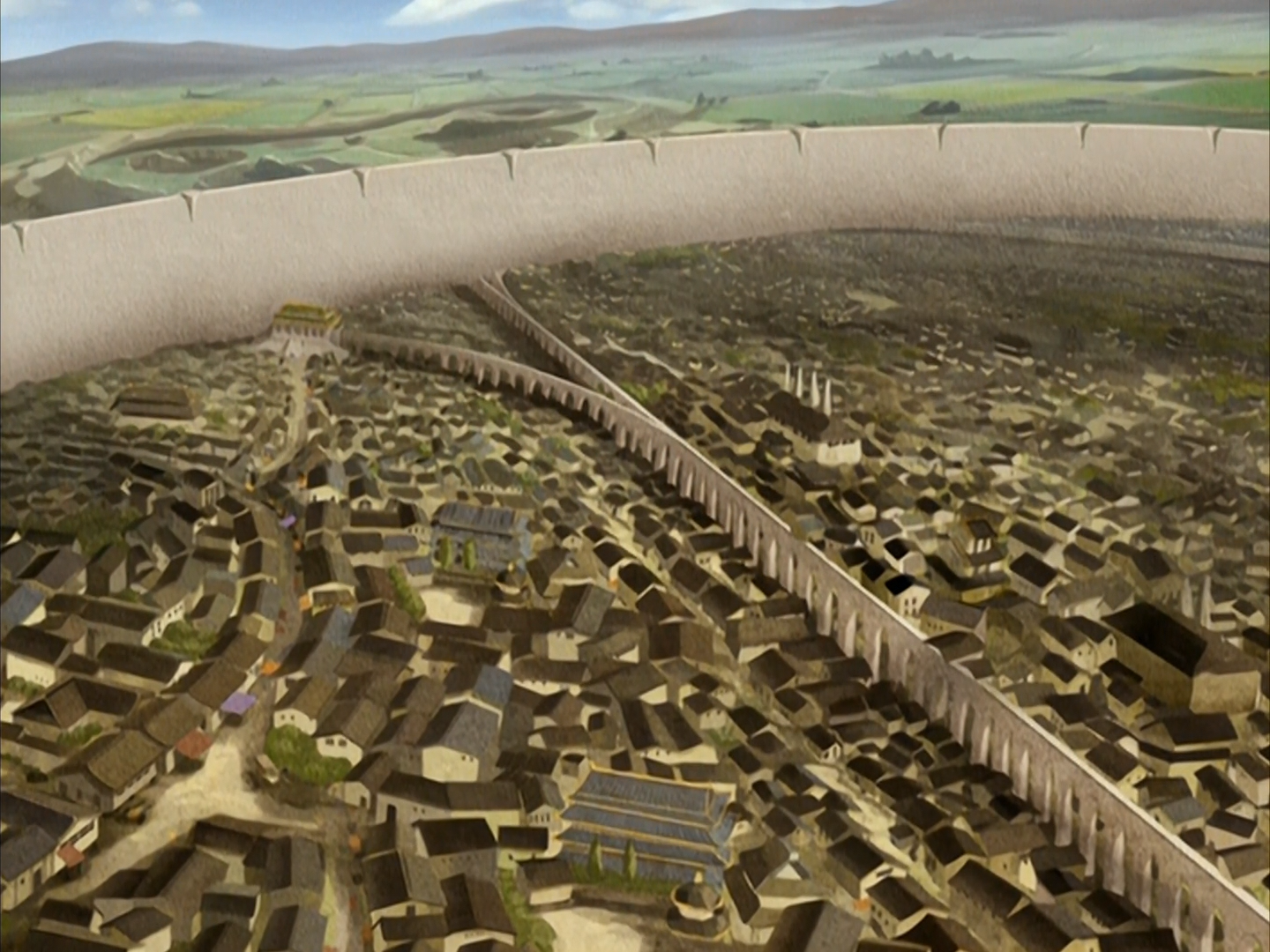
The capital of the Earth kingdom, Ba Sing Se, is surrounded by a giant protective wall that is controlled and maintained using Earthbending. While the methods of opening and closing the wall, as well as the sheer size of it, are absolutely impossible in the primary world, the image of the wall immediately brings to mind the Great Wall of China. This parallel makes the concept instantly legible to the viewer. However, because of the inventive way the wall is built and used via Earthbending, it still feels consistent with the created secondary world.
The animals within the world of Avatar: The Last Airbender are another great example of this concept of combining known and fantastical elements. If you heard that there was a creature called a ‘Hobblebug’ in an upcoming movie, you would be no closer to knowing what’s going on than you were with no information on the film. However, hearing the name ‘Turtleduck,’ you instantly have some idea of what this creature might be like. Instead of creating all-new animals, Avatar: The Last Airbender features a myriad of hybrid animals that are recognizable to viewers while at the same time seem entirely new to them because of the combination. This means that they need not spend time explaining the world to viewers. The use of known touchstones to the primary world makes aspects of the ATLA world instantly legible without losing its fantastic nature.
Balancing The Completeness Of A World
Wolf states that “the ideal balance of information is one in which enough information is provided to support multiple theories, but not enough to prove any one theory definitively. The ability to debate and find new ways to answer questions can keep a world fresh” (( Wolf, Mark J. P. Building Imaginary Worlds: The Theory And History Of Subcreation. Routledge, 2014. )). Though having the most complete, explainable world possible seems like the naturally correct option, in reality, having a world that is too concrete can dissuade viewers as well. Avatar: The Last Airbender does an excellent job at providing a world that feels complete while understanding that not everything within the world should be explained.
The primary world is full of inconsistencies and questions, so it is important to find a balance between having a full enough world that viewers can feel immersed without throwing information at them that isn’t relevant to the story being told. The ever-present question of ‘What happened to Zuko’s mom?’ demonstrates the effectiveness of withholding information. While Zuko’s relationship with his family, specifically the closeness he had with his mother before her abrupt disappearance, is vastly important to his character, the show never offers up an exact answer about her fate.
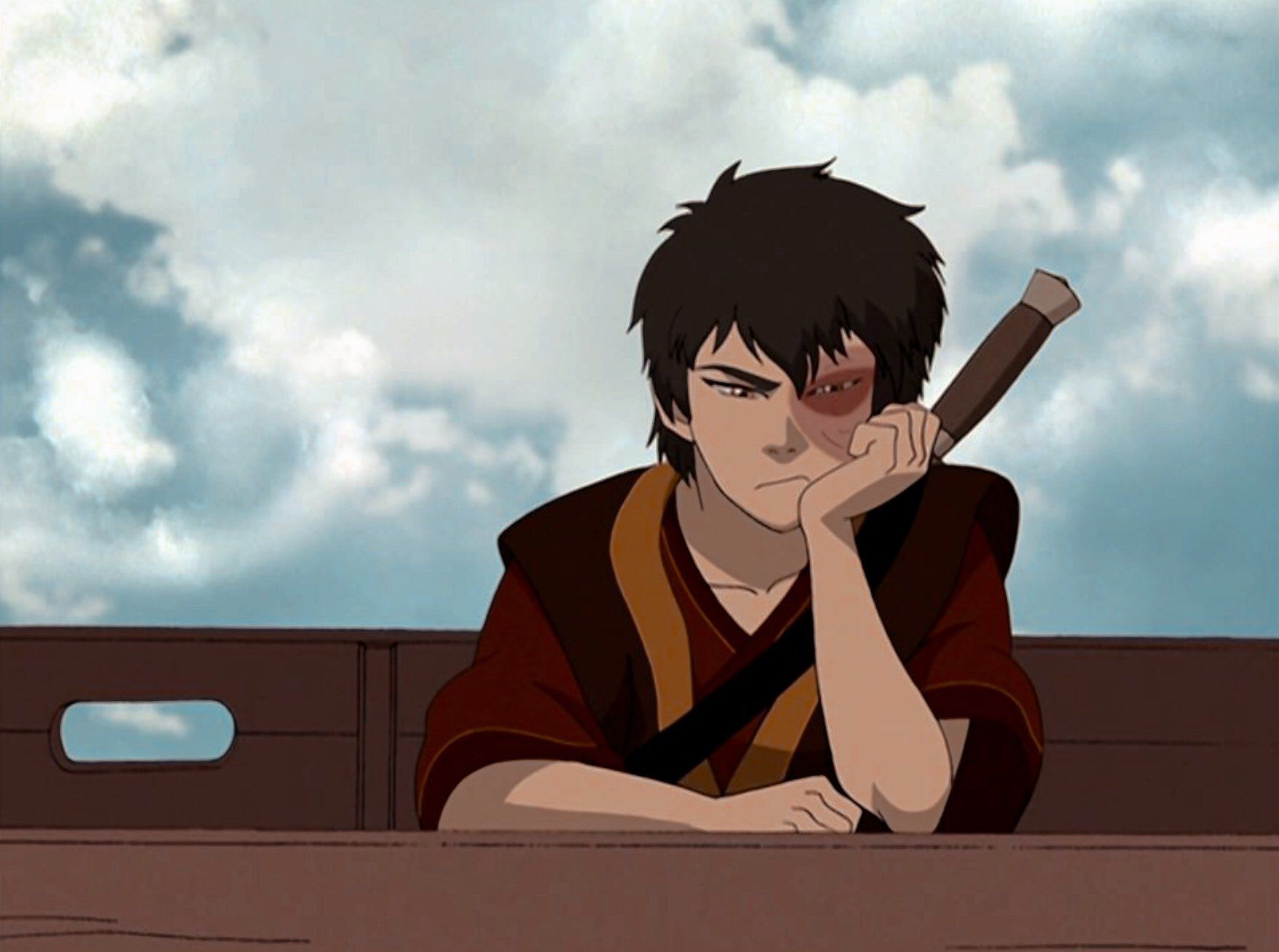
Arguably, the world would be more complete if it gave viewers some information about Ursa’s fate, but it chooses not to. Instead, the viewers are only given access to as much information as Zuko himself has access to. This had the dual effect of keeping the fans engaged in the world, and it brings the audience closer to the emotional experience that Zuko himself is having. In a way, by allowing the viewers to formulate theories and discuss them amongst themselves, they participate in the worldbuilding process. The lack of information strengthens the audience’s interaction with the show and Zuko’s character as well.
Flexibility Of The World’s Consistency
A world without any consistency could seem haphazardly completed or even lazily put together. Good worldbuilding includes making structure and rules for the setting. Creating rules and abiding by them makes the world feel more realistic, even when those rules have to do with magic. For instance, if an ordinary boy with no magical abilities such as Sokka suddenly sprouted wings and flew away to escape capture in a moment of peril, it would confuse the viewer and break immersion. The break from the established rules of the world is jarring and disorienting. That isn’t to say that ATLA never breaks some of its own rules. Toph’s new abilities in season two are an example of them breaking from the established rules of the world.

It is established early into the show that metalbending does not exist within the world of Avatar: The Last Airbender. The only bendable elements are air, earth, water, and fire. Yet, Toph finds a way to bend metal. Instead of shattering the world’s rules and feeling like a power grab or a plot convenience, however, this seems natural to the world because it is an extension of previous concepts rather than something entirely new. Toph was already established as a character that could use her earthbending in unique ways.
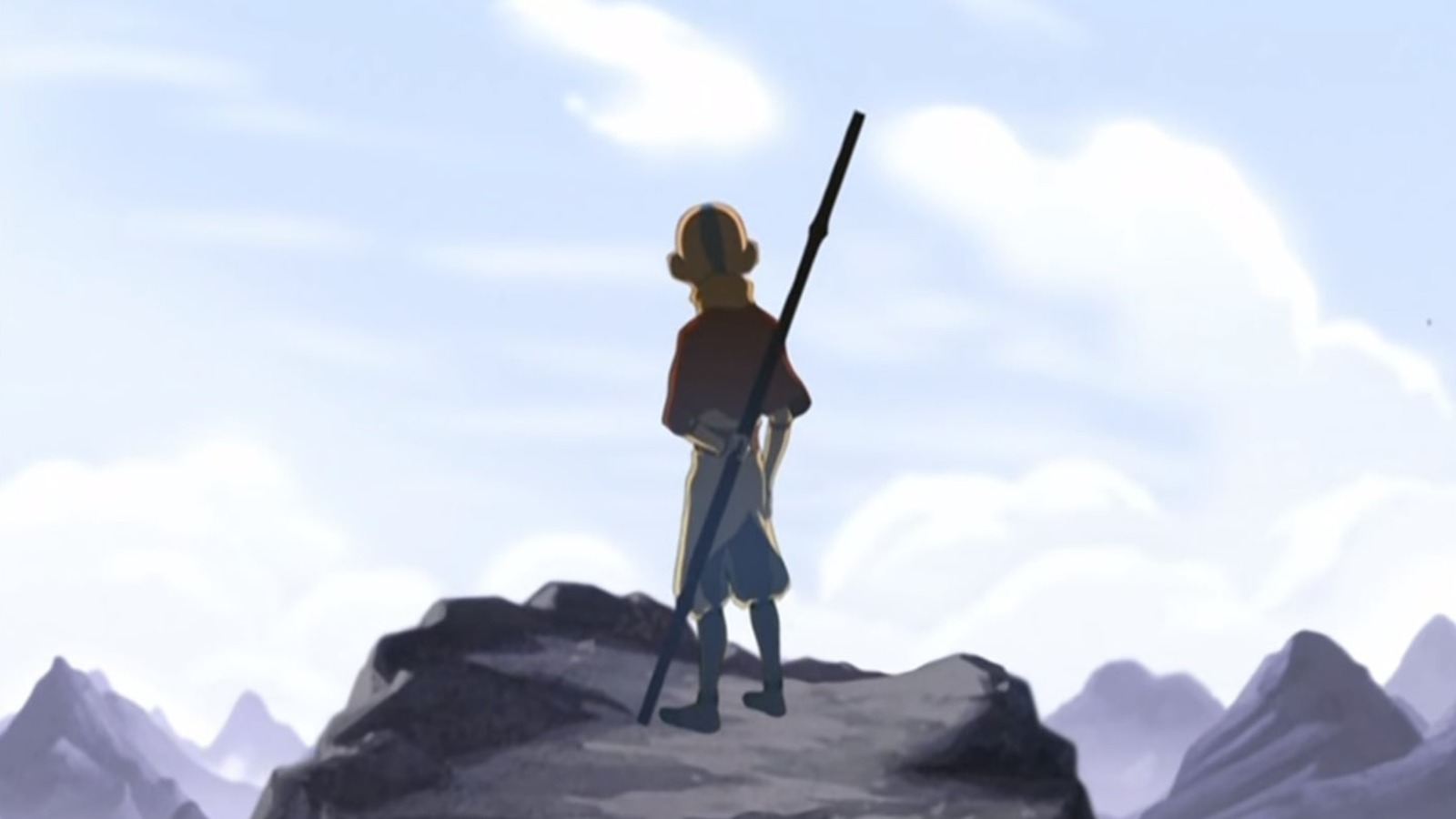
She is already an exception to the established norms of the world. So, when she realizes she can bend the earth particles within the metal by using these unique and consistent traits intrinsic to her character, it feels less like breaking consistency and more like bending the world’s rules to allow for something new.
ATLA Strikes The Balance
No world is ever perfect, but the way the world of Avatar: The Last Airbender functions is a great example of a balanced and immersive world. After breaking down the process of worldbuilding and examining how ATLA’s world was crafted, it is easy to see why so many people enjoy it. It has a strong framework that establishes the basics of the world in a condensed, understandable way at the start of every episode. Its catalog is filled with incredibly unique creatures and locations drawn from the primary world to make it quickly legible to viewers. By utilizing concepts and objects from the primary world and not rushing to explain the minute details of the world, Avatar: The Last Airbender demonstrates how to balance imagination with clarity and completeness.
